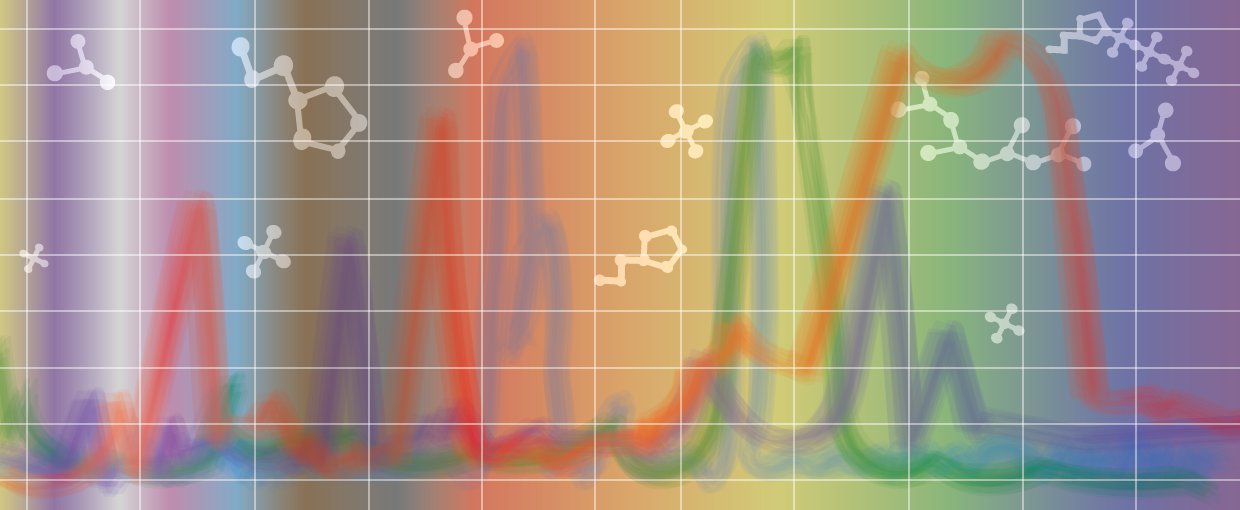Lindsey, C. R., Knoll, A. H., Herron, M. D., & Rosenzweig, F. (2024). Fossil-calibrated molecular clock data enable reconstruction of steps leading to differentiated multicellularity and anisogamy in the Volvocine algae. BMC Biology, 22(1), None. doi:10.1186/s12915-024-01878-1
Napoleoni, M., Hortal Sánchez, L., Khawaja, N., Abel, B., Glein, C. R., Hillier, J. K., & Postberg, F. (2024). Probing the Oxidation State of Ocean Worlds with SUDA: Fe (ii) and Fe (iii) in Ice Grains. The Planetary Science Journal, 5(4), 95. doi:10.3847/psj/ad2462
Gulick, S. P. S. (2024). End of the Cretaceous. Geological Society, London, Special Publications, 544(1), None. doi:10.1144/sp544-2023-176
Ramprasad, T., Manga, V. R., Seifert, L. B., Mane, P., & Zega, T. J. (2024). Ultra-refractory metal assemblages in calcium-aluminum-rich inclusions: Probes of the inner solar protoplanetary disk. Geochimica et Cosmochimica Acta. doi:10.1016/j.gca.2024.04.028
Alexander, A. M., Marchi, S., Johnson, B. C., Wiggins, S. E., & Kring, D. A. (2024). Impact‐Generated Fragmentation, Porosity, and Permeability Within the Chicxulub Impact Structure. Earth and Space Science, 11(5), None. doi:10.1029/2023ea003383
Jin, Z., Zhang, Y., Bose, M., Glynn, S., & Couffignal, F. (2024). Petrogenesis of Erg Chech 002 Achondrite and Implications for an Altered Magma Ocean. The Astrophysical Journal, 965(1), 24. doi:10.3847/1538-4357/ad2ea7
Bedin, L. R., Dietrich, J. , Burgasser, A. J. , Apai, D., Libralato, M. , Griggio, M., Fontanive, C., Pourbaix, D. (2024) HST astrometry of the closest brown dwarfs-II. Improved parameters and constraints on a third body, Astronomical Notes: Astronomische Nachrichten, 345(1), e230158. doi: 10.1002/asna.20230158
Botha, T. L., García-Bellido, D. C. (2024) A new species of the iconic triradial Ediacaran genus Tribrachidium from Nilpena Ediacara National Park, Flinders Ranges (South Australia). Journal of Paleontology, 98(1), 1-12. doi: 10.1017/jpa.2023.99
Ge, H., Li, C., Zhang, X., & Moeckel, C. (2024) Heat-flux-limited Cloud Activity and Vertical Mixing in Giant Planet Atmospheres with an Application to Uranus and Neptune. The Planetary Science Journal, 5(4). doi: 10.3847/PSJ/ad0ed3



